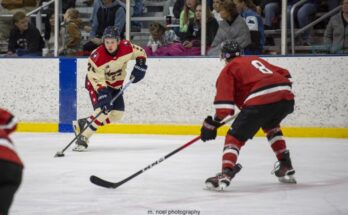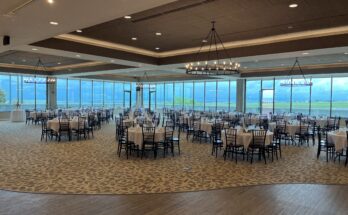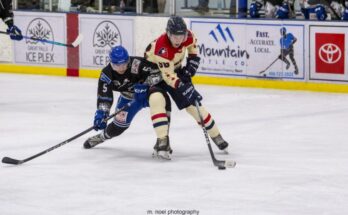Many young people have never heard of My Lai. Many older people wish they had never heard of My Lai. On 16 March, 1968 soldiers of the U.S. Army slaughtered 500 unarmed Vietnamese civilians ranging in age from 1- 82. Men, women, and children were machine gunned, bayoneted and killed with hand grenades in the vicinity of the village of My Lai. Survivors reported that some of the women and girls were gang raped and mutilated before being executed. The Army had no real interest in investigating the events that took place at My Lai. The American public knew nothing of the atrocity until more than a year later.
Shortly after the killing had stopped, Army photographer Ronald Haeberle documented the mass killings with a large number of photos. His most telling photo was of a large ditch filled with dead villagers with a dead infant on top of the pile. His photos could not be denied. They played a major role in forcing the Army to conduct a series of investigations into the My Lai affair.
After a number of investigations, some with direct testimony from soldiers who were present, 26
men were charged. Only one was convicted. A Court Martial jury convicted Second Lieutenant William Calley of the murder of 22 civilians and sentenced him to life in prison. His sentence was repeatedly reduced and he eventually served only three and a half years of house arrest. In November, 1974 Lt. Calley was “dismissed from the service”. For an officer that is equivalent to a dishonorable discharge.
Throughout history, all armies including ours, have committed atrocities. Some are small. Some are on a gigantic scale as the mass killings and torture carried out by the Germans in WWII. It is important that the victims not be forgotten. The Jews will never forget the holocaust. The Vietnamese will never forget My Lai. Neither should we.
There were a few honorable men that day at My Lai. Army Warrant Officer Hugh Thompson saw the killings as he approached in his helicopter. He landed and ran to Lt. Calley and told him what he was doing was wrong and he had to stop. The reply was “you had better get back in your helicopter and mind your own business”. As Thompson was getting airborne, he saw a small group of villagers fleeing with soldiers in hot pursuit. He landed his helicopter between the two groups and told the officer in charge that if his troops fired on the civilians he would order his own door gunners to open fire on the U.S. troops. He saved the lives of the Vietnamese.
The Vietnamese built a memorial to the My Lai dead a short distance from the village. It is a peaceful, lush garden. There is a statue there of a Vietnamese woman holding her dead baby and raising her fist in defiance. There are also many of Army Sergeant Haeberle’s graphic photos.
Each year on 16 March a ceremony is held at the memorial. In 1998, Hugh Thompson, now a retired Army Major, attended. An elderly Vietnamese woman asked him, “where are the soldiers..why are they not here”? He was shocked at why she wanted the killers to come back. When he asked she said, “so we could forgive them”.
“Every gun that is made, every warship launched, every rocket fired, signifies in the final sense, a theft from those who hunger and are not fed, those who are cold and are not clothed”
Dwight D. Eisenhower, 34th President of the United States
1890-1969



